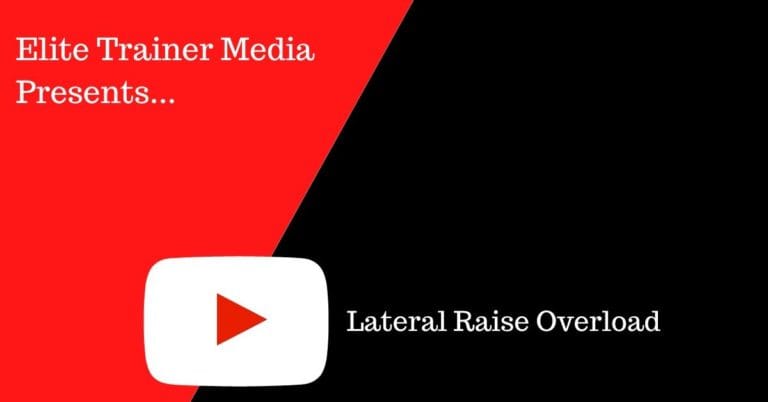One of my most popular articles to date is about calf training: The Answer for Massive Calves It’s been widely discussed in forums, and I still receive questions about this method—especially about tempo: “Is it really necessary to go that slow when training calves?” Yes, it absolutely is. Here’s why. Why Slow Reps Matter for…
Staying up to date with scientific research can provide valuable insights for health and fitness professionals. If you’re a personal trainer, here are some recent findings that can help you stay ahead of the pack: 1. Recruit Fast-Twitch Muscle Fibers for Rehab and Performance Lovering performed muscle biopsies of the rotator cuff and found the…
Without a doubt, most people hire me to help them lose weight. Of course, they want to gain muscle in the process, but their main goal is fat loss. They want the inches to melt away and their bodies to firm up so they can look great in their jeans—and even better on the beach!…
We know that the supraspinatus plays a greater role in the first 15–30 degrees of a lateral raise, while medial deltoid activity peaks between 90–120 degrees. So, how can we use this information to our advantage? If you want to place more stress on the supraspinatus fibers—such as during rehab from a rotator cuff repair—overload…
Throughout my career, I’ve encountered countless individuals who take no medication—except for a little pill to control their cholesterol levels. To most, it seems like no big deal, but growing evidence suggests otherwise. Back in 2012, The Dr. Oz Show covered this topic, sparking significant controversy (read more). At the time, the video was readily…
There I was, in the middle of a “Yin & Restorative” yoga class, standing out like a sore thumb. Dressed in a black Otomix tank top and camouflage shorts, I was surrounded by a sea of Lululemon. Did I get some attention? Absolutely. But it wasn’t just my appearance—it was my flexibility. With several poses,…
When it comes to building muscle, consuming too little or too much protein isn’t the answer—a moderate intake is best. Muscle protein is constantly being broken down and rebuilt. While certain factors can influence this rate, the body has a natural limit. Simply increasing the supply of raw materials (protein) won’t necessarily enhance muscle growth….
Circuit training is a proven strength and conditioning method where you perform a series of exercises in rotation with varying loads and equipment and minimal rest. A circuit may be repeated several times depending on your training status and the number of exercises involved. This form of training provides variety and is useful when training…
Foam rolling, a popular form of self-myofascial release, is often touted for its potential benefits—one of which is reducing pain during workouts. The irony, of course, is that foam rolling itself can be quite painful, especially when you’re just starting out. Pain Tolerance and Foam Rolling Pain tolerance plays a role in how you approach…
Corey Hart may have been onto something with his ’80s hit Sunglasses at Night. Believe it or not, wearing sunglasses after sunset might actually be better for your health than wearing them during the day. Melatonin, the sleep-inducing hormone, is influenced by light exposure. The darker your environment, the more melatonin your body produces. During…










